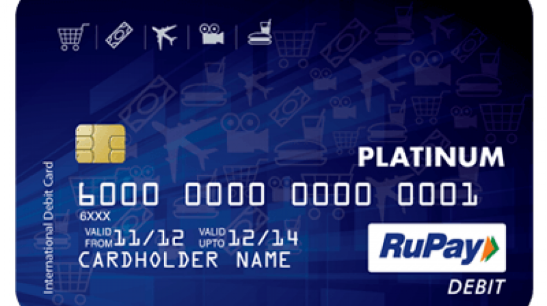Free Courses Sale ends Soon, Get It Now


Free Courses Sale ends Soon, Get It Now



Disclaimer: Copyright infringement not intended.
Context
About RuPay
Products
Why was RuPay launched?
International Presence
Benefits of a Rupay Card
NPCI
What are the services that NPCI provides?
UPI
Bharat Interface for Money (BHIM)
*99# or USSD services
RuPay
IMPS
BBPI
Conclusion
|
PRACTICE QUESTION Q. The National Payments Corporation of India (NPCI) is taking strong steps to create a cashless India. What are the features of NPCI? Throw light on the services that NPCI provides. |
© 2024 iasgyan. All right reserved